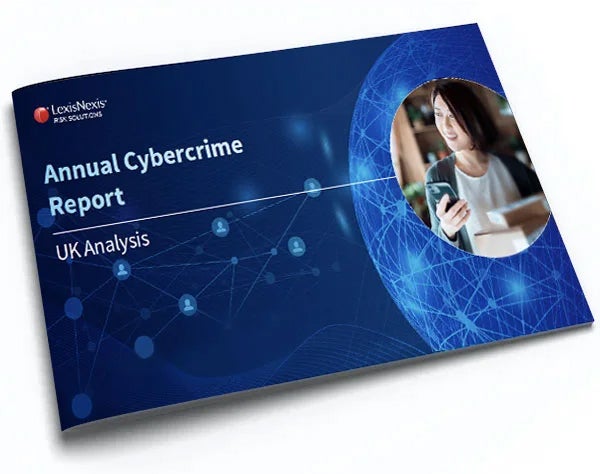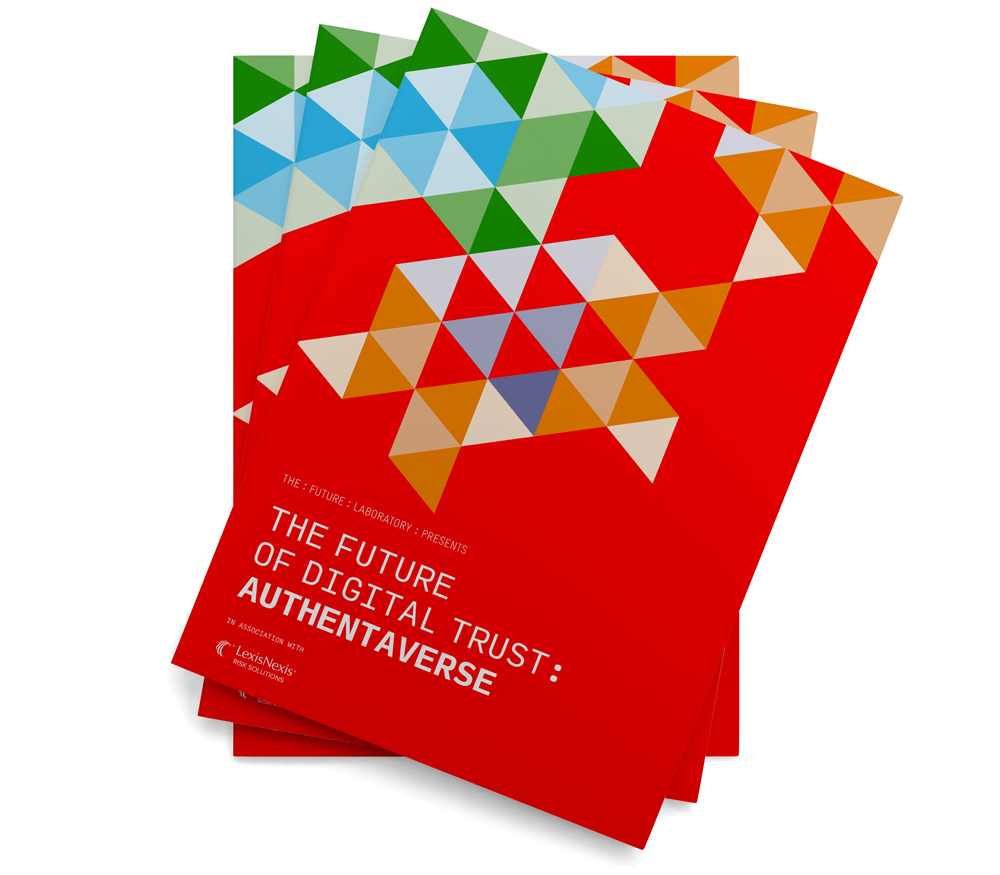
Using Consortia and Shared Intelligence to Fight Fraud
Digital Threat
The latest UK fraud analysis from LexisNexis® Risk Solutions reveals online fraud attack volumes nearly doubled in 2022.
The figures published in the 2023 UK cybercrime report reveals that around 36 million human-initiated confirmed fraud attacks occurred in the UK last year, a rise of 92% from the previous year. Globally the rate of growth was slower, at 56%.
Data also shows 352 million automated bot attacks on UK targets last year, an increase of 81% on the previous year. This means around 2% of all online transactions in the UK was a bot attack – that is, part of a large-scale automated cyber attack using sophisticated algorithms and automated scripts to disrupt online services, steal data – such as through phishing attacks – or mass-test stolen login details.
Green shoots of progress
The UK fraud figures are the result of analysing more than the 15.8 billion UK transactions processed by the LexisNexis® Digital Identity Network in 2022 – including data shared by consortium members belonging to the UK financial services sector.
Surprisingly, despite reporting rising volumes of fraud, the analysis represents great news for UK banks. It shows that the UK attack rate – the number of confirmed fraud attacks as a proportion of overall transactions – sits at 0.2%, far lower than the global average of 1.3%. A lower attack rate figure indicates that more fraud is being detected and prevented at point of attack, meaning the sophisticated technology, data and AI increasingly deployed by banks and financial services providers is doing its job.
The UK’s financial services sector invests more than £32 billion per year on sophisticated tech-based fraud and financial crime prevention solutions, according to the True Cost of Compliance Report, 2023. Given that level of spend, you might expect low attack rates and high levels of trust, but these effects are not from technology alone. AI-powered fraud analysis required a rich seam of fraud intelligence, including sector-wide shared intelligence. Such sharing amongst almost all of the UK’s biggest banks is resulting in more suspicious activity and potential fraud patterns being flagged early, helping banks to stop networked fraud and keep attack rates low.
Added to this, the UK financial sector leads the way in the provision of mobile and app-based services and the fact that vast numbers of customers are embracing these more secure channels only serves to increase security and reduce successful fraud attempts on UK customers. Mobile channel adoption now dominates financial service provision, with almost 9 in 10 (88%) UK financial services transactions processed on mobile, 89% of which occur on apps. The remaining 12% of traffic is via desktop. Here again the UK leads the world, with the global average of transactions processed for the mobile channel sitting at just 77%.
UK Fraud Analysis Report 2023
LexisNexis® Digital Identity Network®
True Cost of Compliance 2023
Collaboration not competition
Collaboration and the sharing of financial crime and networked fraud analysis has long been acknowledged as the best route to effectively combatting the scourge of online financial crime, yet data protection regulation and commercial sensitivity remain two very real challenges standing in the way of such ambition.
However, a recent landmark report into digital trust The Future of Digital Trust: Authentaverse, by The Future Laboratory points to a range of emerging independent arbiters capable of delivering a range of consortium fraud prevention capabilities that enable firms to collaborate as never before, without opening themselves up to unwanted commercial risks.
Swapping competition for collaboration when it comes to preventing fraud is identified by John Carroll, former COO of the Serious Fraud Office, as an essential mind-shift that will finally unlock new levels of protection for consumers and enable fully protected digital eco-systems to more as a possibility.
Sharing the load
The Future of Digital Trust report predicts data consortia will play an increasingly essential role, acting as independent arbiters between organisations, allowing them to share sensitive data in a safe and appropriate way to deliver seamless, invisible, frictionless and above all safe authentication – dubbed an ‘authentaverse’ by the report – across the full range of future web environments. The result will be instant, click-free applications and access to increasingly personalised services without the constant friction of passwords, codes and memorable information.
Combined with the proliferation of secure mobile banking channels, this shared eco-system will lead to as yet unprecedented levels of trusted customer traffic – already sitting at around 70% for UK financial services firms – speeding up transactions for genuine customer and allowing tougher scrutiny to be focussed on the non-trusted traffic.
Trust – and increasingly digital trust – is fast becoming the most valuable cultural currency of our time. With digital experiences now central to almost every interaction, transaction and relationship between businesses and consumers – the methods needed to establish trust, and the way that trust is enshrined, are transforming.
The Future Laboratory’s ‘Authentaverse’ report is an essential tool in enabling firms to ensure that their business is future-ready, both in being able to offer the kind of digital experience that their customers expect, and keeping their business (and their customers) safe from fraud or other online harms.


